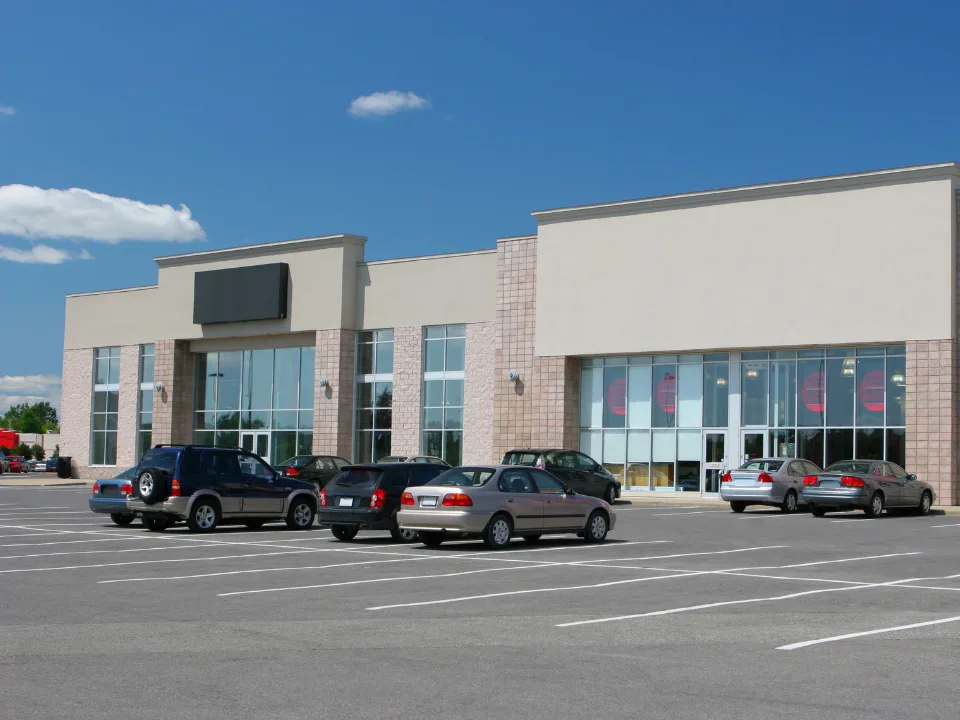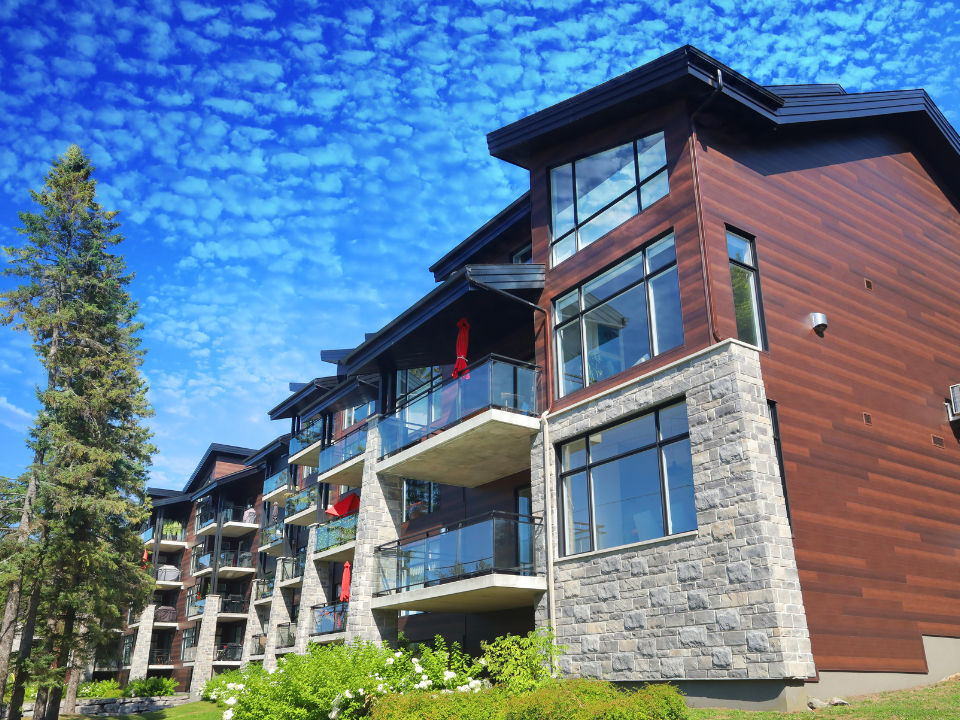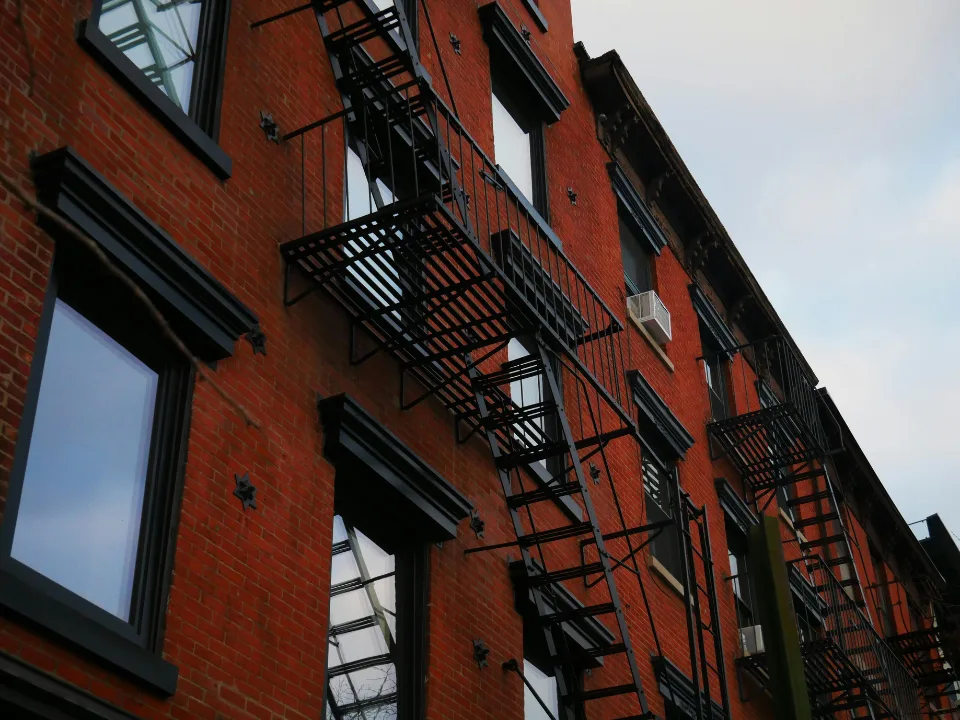- High-supply multifamily markets are stabilizing as renter demand absorbs new units, leading to improved occupancy rates.
- Nearly 70% of inventory in high-supply markets saw negative rent growth in Q2, but the trend is expected to reverse as demand outpaces new supply.
- Austin may take longer to recover, and negative rent growth due to a surge in suburban supply is likely to persist until 3Q25.
Many multifamily markets with high new supply are seeing negative rent growth. But recent data suggests a solid recovery is on the horizon.
According to CBRE Research, occupancy rates are stabilizing as demand absorbs much of the new supply, with several high-supply markets expected to see positive rent growth soon.
Steady as She Goes
Occupancy rates have improved in many high-supply multifamily markets, with demand catching up to new developments. In Q2, nearly 70% of inventory in these markets reported negative rent growth, compared to only 26% in low-supply areas.
However, even in the hardest-hit regions, about 33% of inventory maintained positive rent growth, showing considerable resilience.
Regional Variations
In Q2, major Sun Belt and Mountain markets, which saw a wave of new construction driven by in-migration during the pandemic years, saw the most significant rent cuts.
But as renter demand outpaces new supply, markets like downtown Atlanta, Austin, Orlando, and Phoenix are seeing steady signs of recovery. By mid-2025, most high-supply markets are expected to enjoy stable vacancy rates and positive rent growth.
Austin, however, is expected to lag behind. Due to a surge in suburban development during the pandemic, the bustling city’s rent recovery could be delayed until 3Q25.
Multifamily Focus
Multifamily property values appear to have stabilized, with capitalization rates expected to decline once the Federal Reserve cuts interest rates starting in September.
As occupancy rates improve and rent growth resumes, apartment values will rise, setting the stage for a recovery that begins in high-supply markets.
In Summary
While high-supply multifamily markets have faced material challenges in recent quarters, the outlook is improving as demand once again begins to exceed pandemic-driven supply.
Most major multifamily markets should see positive rent growth and stable vacancy rates by mid-2025, with slight exceptions in laggards like Austin, which could take one more quarter to see a recovery.

















